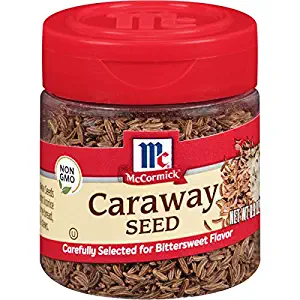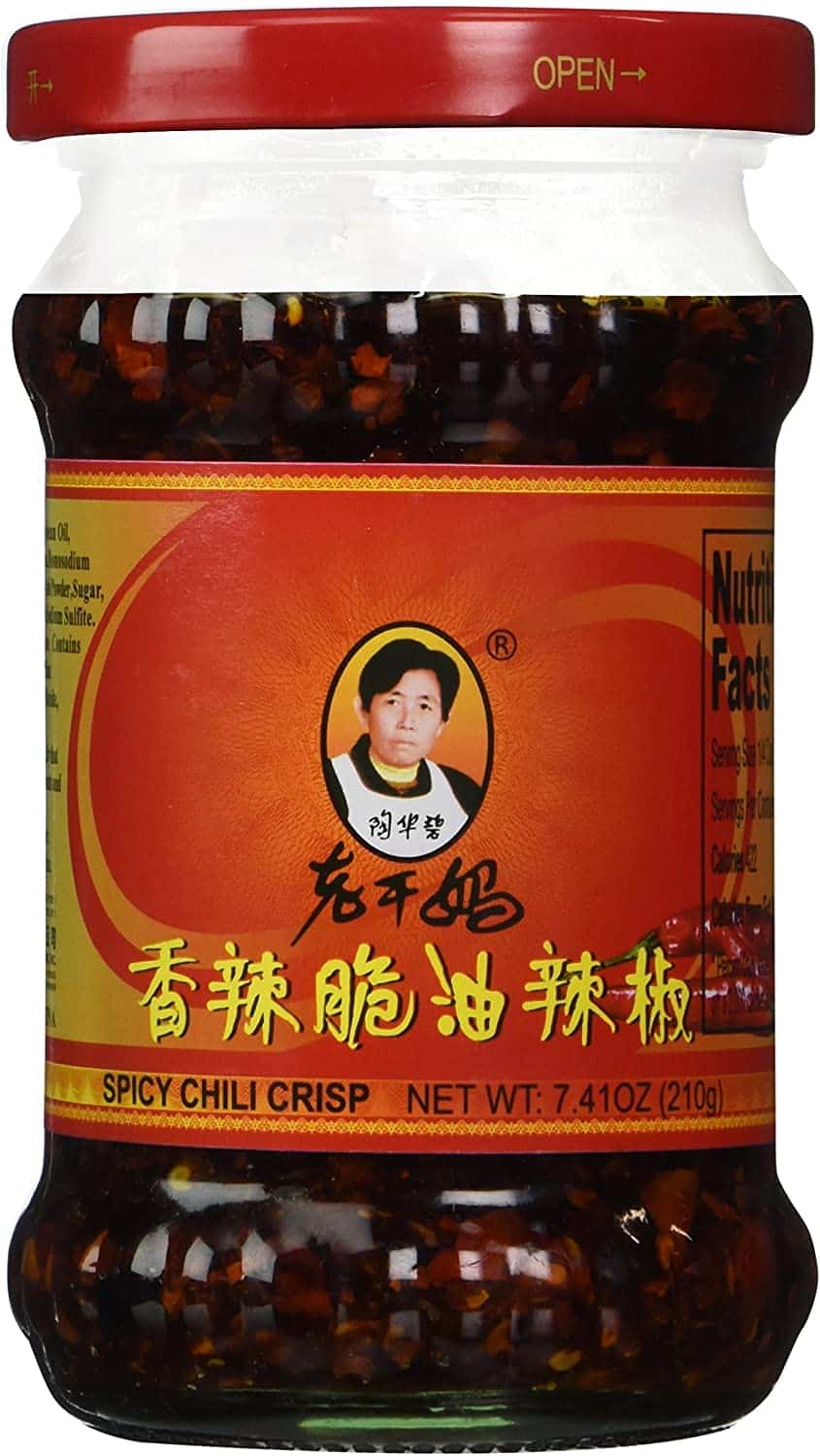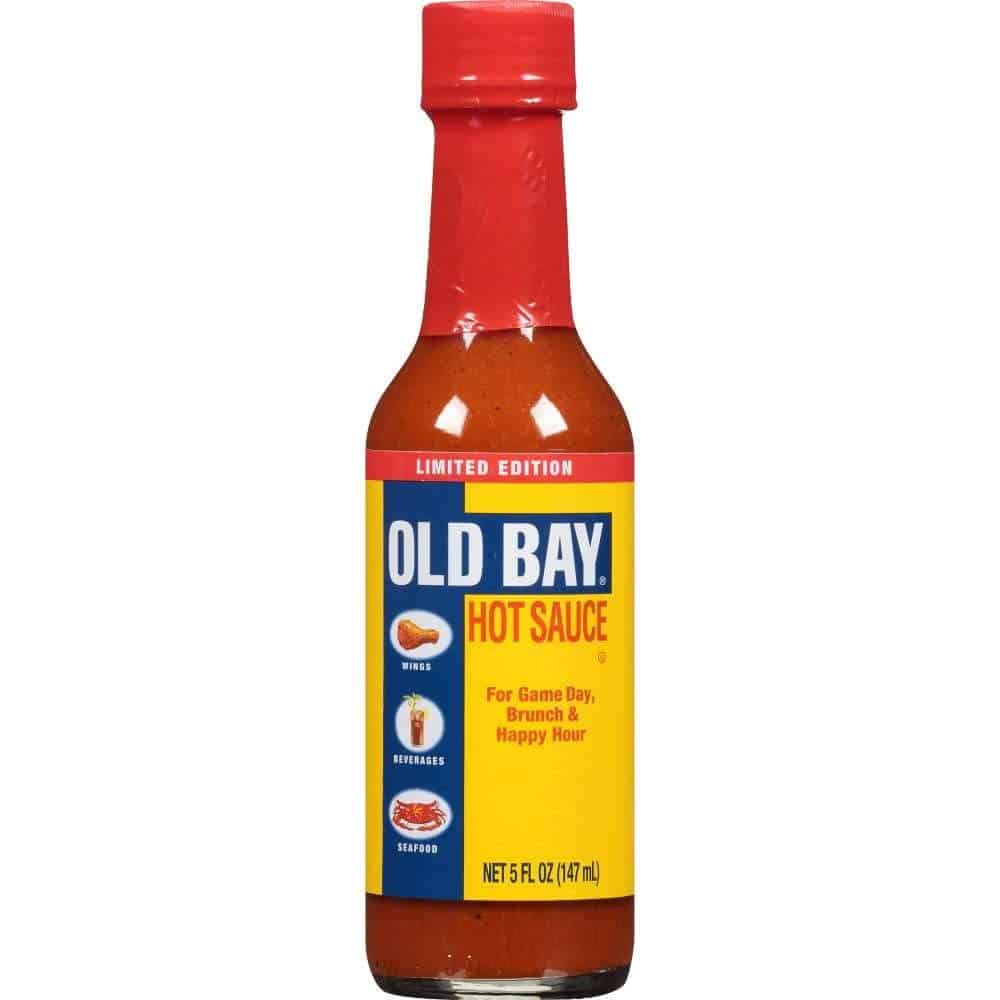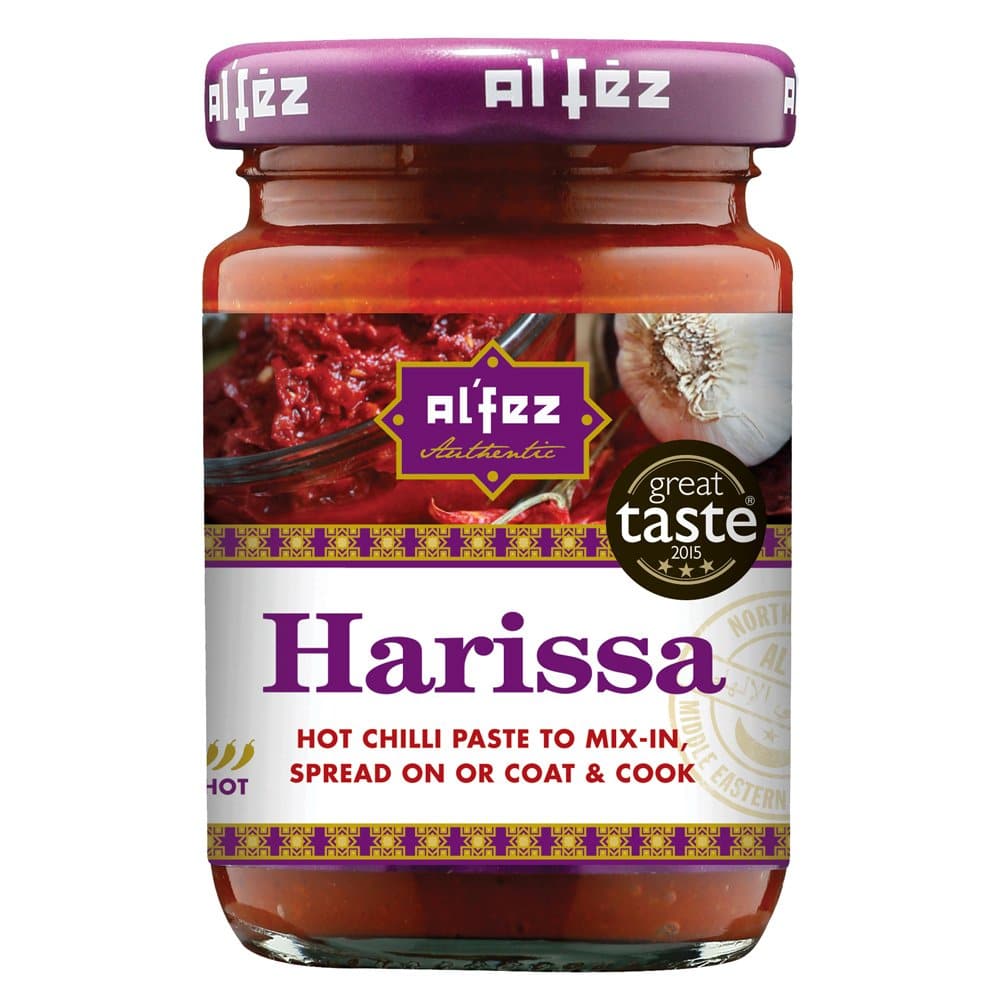Harissa is a North African and Middle Eastern special condiment made out of garlic, caraway, cumin, chiles, and olive oil. All these are pureed, and that makes harissa. Recipes for harissa vary according to the area and region. There are some variations in the mix, as some can include fermented onions or lemon juice. Commercially, harissa is sold in jars, bottles, cans, or tubes.
In Algeria, for instance, harissa is mainly added in soups and couscous. The harissa paste is also used as a rub for meat. For their cuisines, harissa is used as a side condiment for tanginess or mixed into dishes down in Morocco. In Israel, harissa serves as a topping in sabich and shawarma with some other added spices like Yemeni sahawiq.
Harissa is a spicy, aromatic hot sauce found in both paste and powder forms in a blend of herbs, spices, and oil. It is enjoyed in everything from meats and in stews to pizza and scrambled eggs. The caraway and coriander within the condiment give harissa a bit of floral flavor, while cumin provides a nutsy and earthy taste.
For neighborhoods that add Spanish paprika to their formulation makes for a little more kick to the relatively mild, smoky flavor of the chili. In some other recipes, too, citric acid takes lemon juice which provides a brightness to the blend that is usually found in the paste form. The spice Walla harissa is a versatile blend of the spice and is a great kitchen accessory. It is used dry and can be used as a rub for meats, sprinkled on roasted veggies, French fries, or popcorn for a touch of pizzazz to your snack.
Harissa can also be stirred into broths, pasta, stews and mixed with sauces and spreads. Using the paste, you can add a few teaspoons of water and olive oil to create a harissa spread that is great as a spicy marinade. Also, grilling lamb or chicken can be stirred into rice and couscous, or even a replacement for hot sauce, mustard, or ketchup. The flavor profile of harissa generally is spicy and slightly smoky.
It also has health benefits that have made it stay this long and continue to thrive in many recipes. Spicy food can increase your feeling of satiety, and so harissa makes you feel fun and happy. A major health benefit of harissa is that it contains capsaicin which is a compound in chilis that make them spicy. Capsaicin is also an antioxidant that can help boost metabolism, improve heart health and reduce cancer-causing inflammation.
Furthermore, because harissa varies widely by culture, the taste may be slightly different for different suburbs. However, it is mostly smoky because of the roasted fresh chili added, or it can be sharp and tangy from citrus juice and or vinegar. It can also be thick and pasty.
The texture can be coarse and plain as in the powdered harissa or thick and smooth as in the pasty version.
Uses in different types of recipes
Harissa is very versatile hence finds usage in many dishes. Some of those recipes include the following:
- Firey harissa chicken
- Grilled lamb kebabs with harissa and figs
- Easy shakshuka with harissa
- Spicy carrot and chicken salad
- Harissa steaks with yogurt sauce
- Miso harissa roast cauli
- Potatoe and artichoke salad
Substitutes for harissa
The hot and spicy flavor of harissa has made it a common kitchen accessory. However, when not handy, some of the following spices can be used as an alternative.
Fresh chopped red chili plus caraway seeds

One of the major constituents of the harissa spice is red chili and also caraway seed. This is a good substitute and almost like using the contents of harissa for your cooking. The flavor of this substitute can be slightly sweet, mild, or strongly pungent. You can just mix both up and add some olive oil to make a pesto-like paste. Coriander seeds can also be used in place of caraway.
Chili oil
Chili oil is an extract of red chili, which is a major content of harissa. Therefore, it can serve as a substitute for it in your recipes. It tastes nutty with a balanced umami flavor. It can also be homemade. It contains flavor just as similar to harissa.
Hot sauce
A popular attribute of harissa is the heat it brings to your recipes. Hot sauce has a chunky texture. Therefore you don’t over-process it. So, if harissa is not in the kitchen, any hot sauce can take its place. Heat is why most people make use of harissa.
Home made harissa
Making your harissa at home can be a substitute for the one you buy. You can also fine-tune the constituents to your taste and make it milder than the commercial harissa paste. You just need to have some garlic, caraway, red chili, and olive oil. Pulse in a processor and have your harissa.
Pesto is an Italian sauce made from some of the condiments in harissa, like garlic, olive oil, and basil. It tastes wonderful as a sauce and can be used in place of harissa in your cooking.
Substitute for harissa paste
There are quite several chili pastes sold commercially that can offer just as much heat profile and consistency as harissa. Some of them include sriracha, and red pepper flakes. The best would be to make your own with the necessary condiments for harissa, like garlic and red chili.
Substitute for harissa powder
With harissa powder, the blend of herbs is used while dry, and there is no added oil or water. To substitute for this, you can have it homemade by using cumin seeds, caraway seeds, ground chili, garlic powder, and ground cinnamon, all pulsed dry. This will give you just as much as harissa powder would.
Frequently asked questions [FAQs]
Can you substitute paprika for harissa?
Sriracha is a good substitute for harissa for dishes that require a spicy punch, as the spiciness is not that overwhelming. Alternatively, you could use hot paprika to replace spice.
What is harissa spice made of?
Harissa recipes vary among different countries, but most versions of this spicy paste include a blend of hot chili peppers, garlic, olive oil, and caraway seeds.
What is the difference between harissa paste and powder?
Harissa paste is a blend of dried or fresh spices such as chilies, cumin, and garlic. With harissa powder, the blend of spices is used while dry with no added oil or water.
Conclusion
This is a wrap on the various substitutes for harissa. I hope you find one that works for your recipes.



